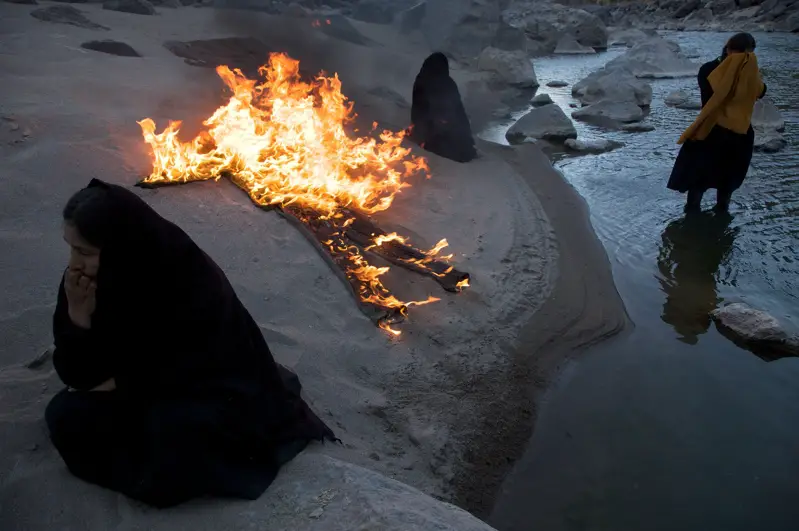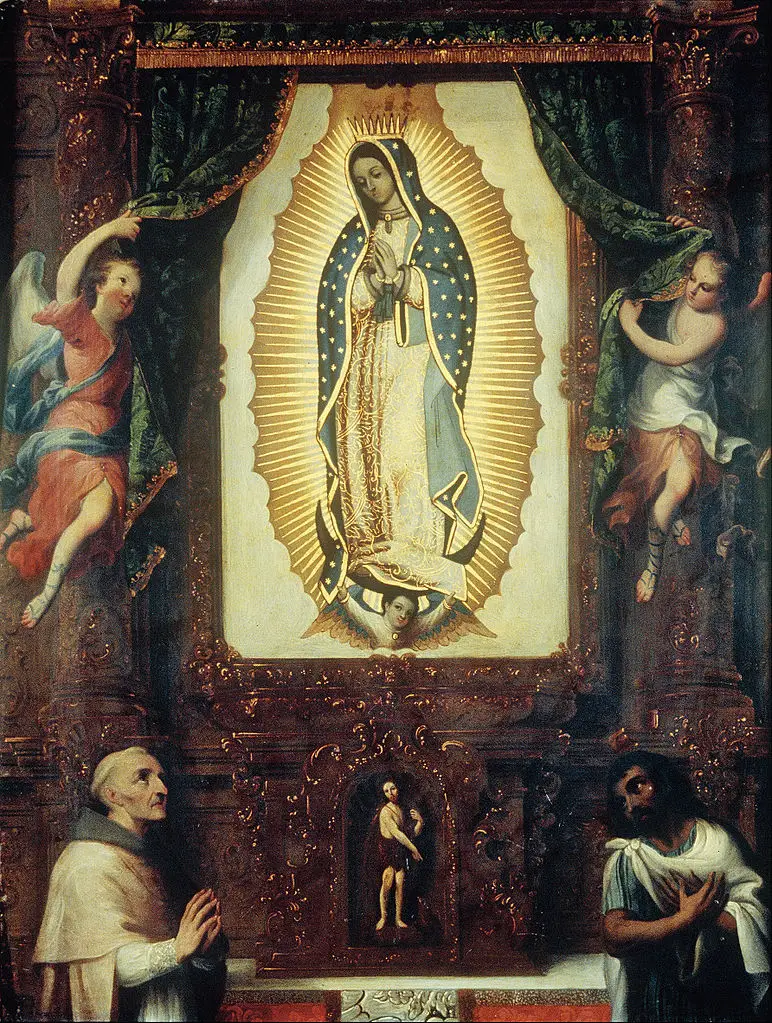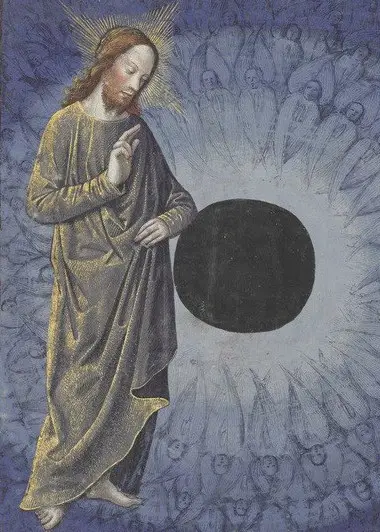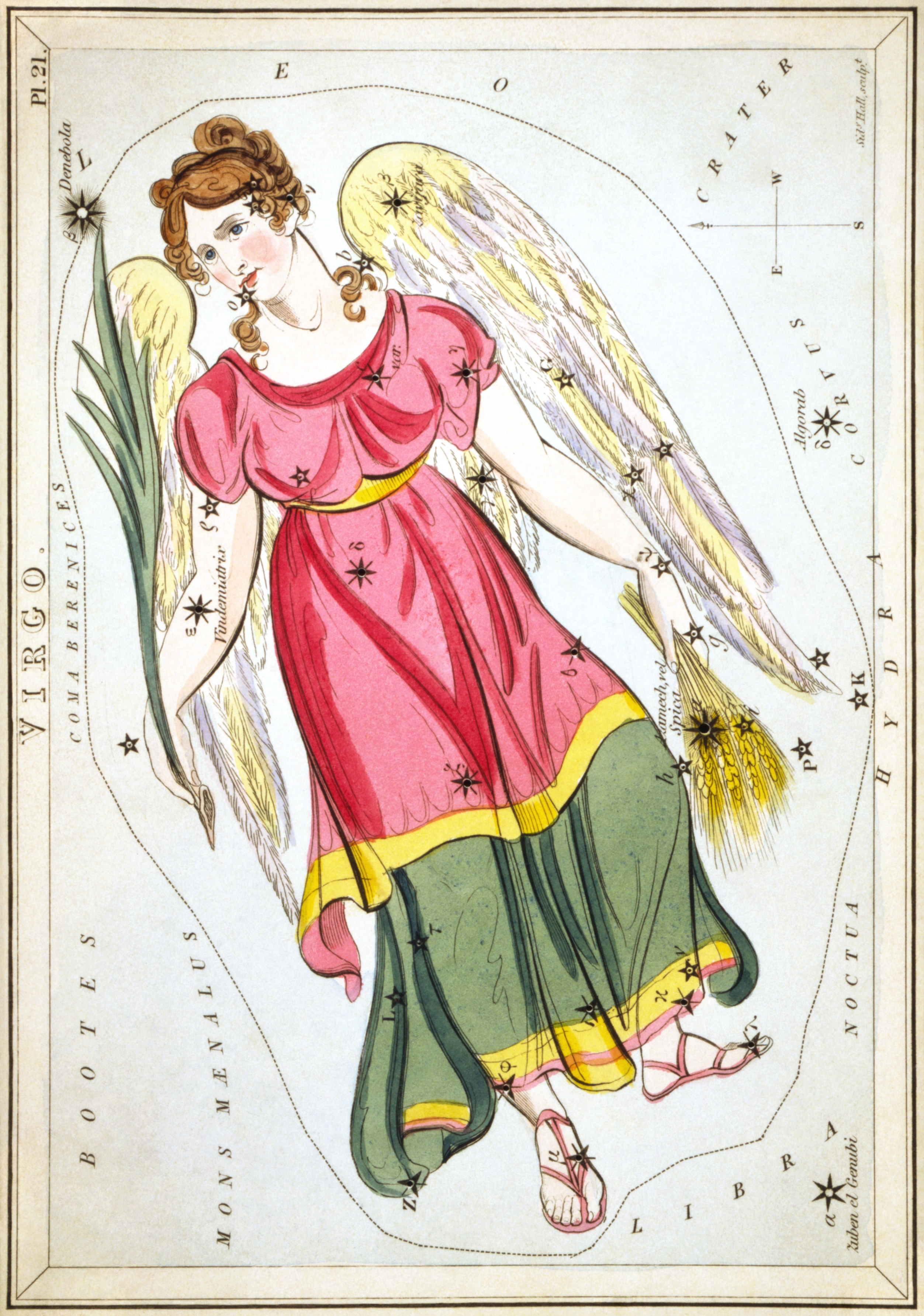Tag: Virgin
The Virgin of Guadalupe, the Feathered Serpent and the "hidden river" of history
On the day of the winter solstice of 1531, at thehe hill of Tepeyac, sacred to the goddess Coatlicue, the apparition of a "Lady" who will present herself simultaneously as the Virgin Mary and the Inninantzin huelneli (Mother of the Ancient God Quetzalcoatl) diverted the "hidden river" of History in a way that was unthinkable until a few years ago.
Astrological considerations on the Gospel: the Passion and the Resurrection
The astronomical significance of the Golden Age: Astrea and the "fall" of Phaeton
di Andrew Casella
cover: Sidney Hall, representation of the Virgo constellation, taken from "Urania's Mirror", 1825)
(follows from Stellar symbolism and solar symbolism)
All the peoples of the world sang of a mythical "first time" of abundance, in which the gods walked the earth and all things were in harmony. The myth of the Golden Age fascinated poets from remote antiquity to the times of the Renaissance. Basically, it was believed to be a time of material wonders, in which the bodily well-being of men was guaranteed by the natural and infinite flow of milk and honey. But are things really as the poets sang? What was the Golden Age really? The poets themselves, on the other hand, have preserved (consciously or not) some revelatory clues to the mystery, which refer, once again, to the celestial vault.




